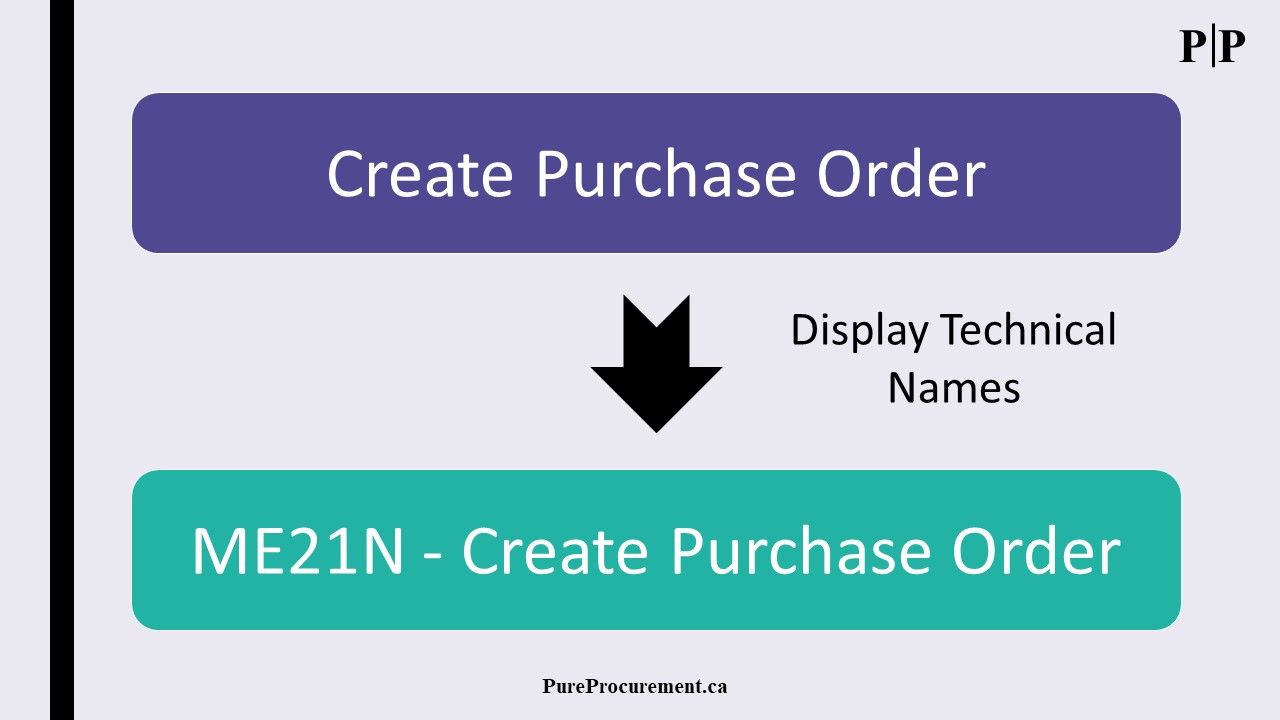
You’ve been experimenting with a proof of concept in the Internet of Things (IoT), Robotic Process Automation (RPA), Machine Learning (ML), Artificial Intelligence (AI) and/or Blockchain space and you’ve unearthed some interesting use cases for your business. You’re excited because you’ve done the math and rolling out this new technology to the business could generate some very interesting savings (even if only longer term).
However, as with all new technology, your stakeholders are skeptical. They’ve been around the block a few times and have seen many “revolutionary technologies” die in the Gartner Hype Cycle’s Trough of Disillusionment (I don’t know about you but I love that name).
So how can you ensure your project isn’t dead on arrival? Do your homework. Have the answers ready for anyone wishing to poke holes in the feasibility of your proof of concept at scale. This means answering the fundamental question: “What are the impacts of scaling your proof of concept on People, Processes & Technology?” Although the “three legs of the ITIL stool” don’t directly apply to scaling up a proof of concept, they are interesting lenses to consider when evaluating the impacts of deploying at large.
To help in this endeavor, I’ve compiled the following list of questions you should ask yourself and your team along these three angles. These questions help fully bake the cost of scaling. In my opinion, everything starts with process so let’s start there. Some questions may seem repetitive as they explore the same point from different angles. Click on the arrows to expand the sections.
Potential Impacts to Consider on Process
Activity/Task Changes
Will this technology add/remove activities in existing processes? Will it create entirely new processes? Are the tasks manual, supported by a system or completely automated?
Information Flow Changes
Is new information (inputs) required to correctly execute the new/changed activities? Is this information already being captured? Does it exist? If so, who currently owns these data items? Can/will they share them with you? Will they require new data from your processes as an output?
Process Governance & Integration Point Changes
Does the change in the processes require a change in Process Owner? What about a change in information owners? Is there a new collaboration needed between departments that didn’t interact beforehand? Are there new integration points with other processes? Does this mean activities need to be added in those processes as well? How will company policies (e.g. purchasing policy) be impacted? Do they need to be reviewed?
Process Key Performance Indicators (KPIs)
Will current process KPIs be affected by your change? What incentives, if any, are currently tied to these KPIs? Do these need to change for process efficiency? Will you have access to all the information and data required to measure these KPIs?
Process Documentation
How are the processes currently documented? What changes need to be made to process documentation given the change you are making?
Supporting Processes Change
Will supporting processes (HR, IT Support, Finance, etc.) be affected? If so, what are the answers to all above questions for the impacted processes? Can the existing support processes/structure be used? Do you need to ramp up new support resources?
Continuous Improvement Processes
How can you ensure the new technology will not become outdated? How will you ensure that you create a feedback loop so that the implemented processes keep improving as time moves forward? How will the organizational knowledge (business/IT) be kept up to acceptable levels (long term adoption)?
Potential Impacts to Consider on People
Stakeholder Buy-In
Have you identified everyone who will be directly or indirectly impacted by your project? How influential are they within the organization? What behaviors are you expecting from them and their teams? Are they supporters or your initiative, passive or detractors? What is the potential risks of each stakeholder being in each category? How will you mitigate these risks? What actions can/will you take to identify and address their desires and fears concerning your initiative?
New Business Roles / Role Changes
What new roles will be required to execute the new process? If none, how are existing roles changing? What skills do employees require to execute these new tasks? Do they already have them?
New IT Roles / Role Changes
What new administration / continuous improvement roles will be needed to ensure the new application is well supported and delivers ongoing value? If none, how are existing roles changing? What additional skills does your IT organization need to execute these tasks? Do they already have them?
Workforce Capacity
Does the change in tasks represent more overall work for the identified roles? Do you need to hire more employees for these roles? Do you need to plan for severance packages if less employees are required? How will the work capacity in different roles need to ramp up as you deploy your solution?
Communications
How will you keep your stakeholders informed about initiative progress? What behaviors do you want them to adopt because of your initiative? How will you “advertise” the project and its benefits to guide users towards these new behaviors?
Training & Knowledge Transfer
How will end users be trained on the new functionality? What about the administration & support staff? Can you leverage an existing knowledge management system (wiki, chatbot, user manual, etc.) in place in the business?
Potential Impacts to Consider on Technology
Technical Architecture
Will this new application be on-premise or in the cloud? Does your organization have any technical standards that need to be respected (i.e. scalability, security, usability, uptime, legal, storage, network, infrastructure, integration, identity management, etc.)? What are the expected service levels?
Application Architecture
What applications are currently in the organization’s application portfolio? Do any of these applications already accomplish some of the functions proposed by your proof of concept (if you haven’t already done so, take the time to check…)?
Data Considerations
What data will the information flows defined in the process section require? What systems does this data reside in currently? Are new interfaces needed to centralize data in your new tool? Does the data require transformation to be usable? What mechanisms (technology) will be used to push/pull data? At which frequency do you need the data to be updated? Do you require full data loads or simply delta loads? What is the current data quality? Does your initiative require data cleansing?
Functional Security Considerations
How many users will require modified/new system accesses? Do they all require the same types of system access (security)? What segregation of duty (SoD) rules do you need to follow? Are there any other compliance standards/legislation you need to comply with (ISO, GDPR, SOX)?
System Documentation
How are system changes currently documented (configuration documents, architecture diagrams, Functional and Technical specifications, etc.)? What changes need to be made to system documentation given the change you are making?
Reporting
What sort of reporting will be needed to correctly govern the process? What systems will new reports come from? Is all required data centralized and formatted for this system? Is any data enrichment required to reach your desired outcomes?
Procurement
What kind of external purchases/support will you need to complete the initiative (i.e. consulting services, software licenses, hardware, etc.)? Does your company have a formal procurement process to follow for these purchases (RFx)? What is the lead time for the execution of these processes?
Technical Dependencies
Do you need to upgrade/retrofit any components (hardware or software) before deploying your technology? What are the requirements to deploy these upgrades? What is the upgrade process once the initial deployment is complete? Does it fit into the existing deployment processes within your organization?
Technical Deployment
Is there already a deployment calendar / process in place for technologies in your scope? Are there specific deployment windows you need to consider? Have you taken into consideration freeze periods (i.e. fiscal year end)? What deployment methodology will be utilized to deploy (i.e. Agile, Waterfall)?
There you have it… If you have good answers for each one of these questions and the cost of your project hasn’t skyrocketed into unfeasibility, then your project has a good chance of seeing prime time. Either that, or you need to think about how to bootstrap!
Note: Should you want to see a concrete example of the Hype Cycle I mentioned previous, check out the Gartner’s Hype Cycle for Emerging Technologies 2018 for last year’s analysis. Stay tuned this summer for this year’s edition.
———————————
What has been your experience in scaling up a proof of concept? Have you met other problems/traps that should be avoided/mitigated along the way? What elements would you add to the above list? Let me know in the comments.
If you liked this post, why not Subscribe
Last Updated on January 7, 2021 by Joël Collin-Demers


